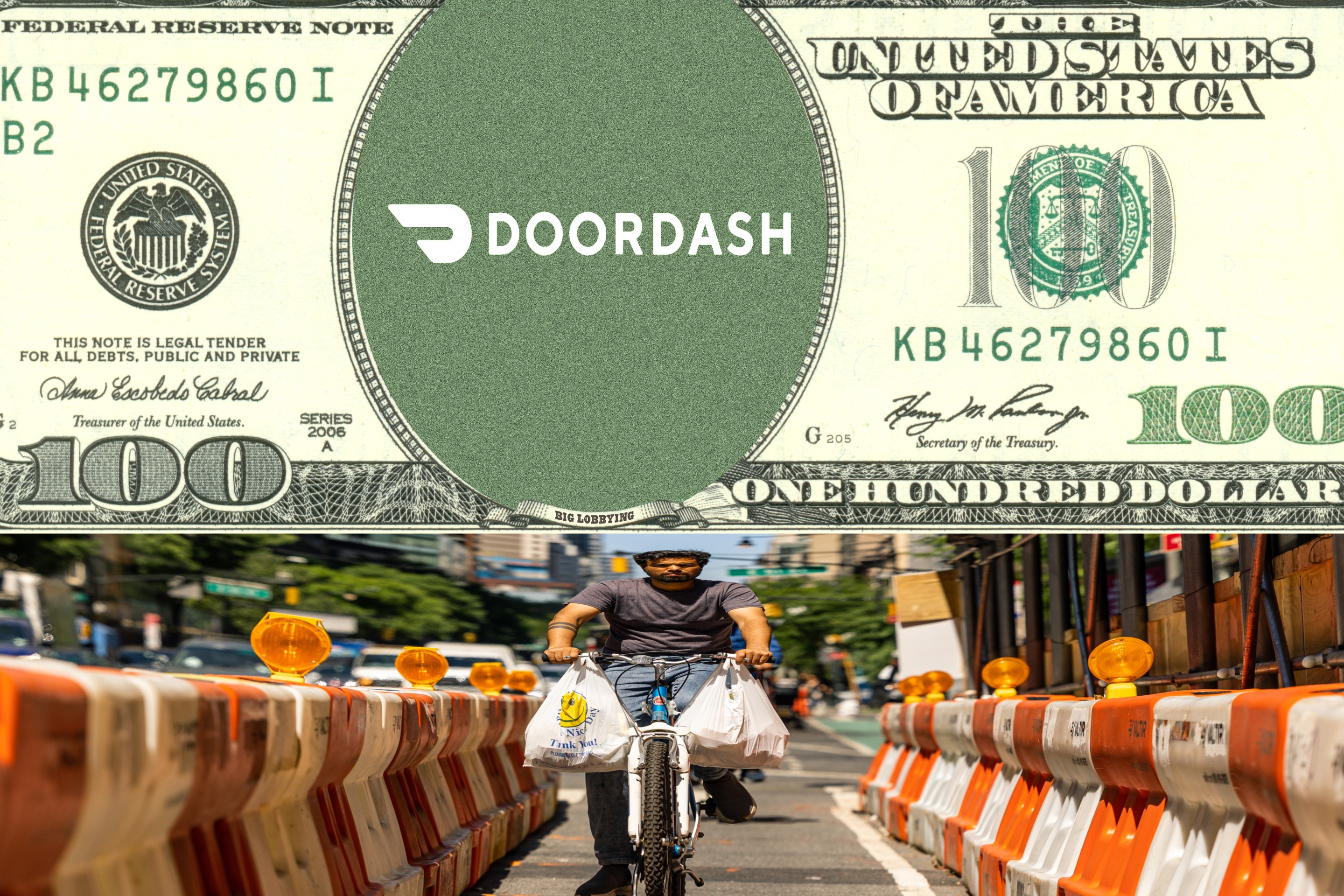
Is the suburban office park going the way of the shopping mall?
That's what Erik Calloway of Bay Area planning firm Freedman Tung + Sasaki told an audience in the heart of the Silicon Valley recently, making the case that the inwardly-focused, fortress model of the workplace is an industrial-era relic.
Adina Levin at Peninsula Transportation Alternatives caught the presentation and relays some of the highlights:
The business parks that emerged in the mid-20th century were designed to be standalone centers for industrial manufacturing, far from homes and stores. They have plenty of landscaping, but no public space -- the activity is inside the complex.
Today the largest companies can still be self-contained -- companies including Apple, Facebook, and Google are building internally focused headquarters -- see Facebook HQ below. But a greater proportion of the economy is taking place among networks of collaborating business partners.
Increasingly, people prefer public spaces to interact and collaborate. So there is demand for workplaces that have public space, and that have access to restaurants and services that people like to have nearby.
The shift in workplace preferences is accompanied by a shift in the places where people many prefer to live. More people prefer places where they need to drive less. During the “great recession,” homes in urban areas maintained value more strongly than homes in remote suburbs.
Driving is declining, in an age of more expensive gasoline and changing preferences. Because of these preferences, a much greater share of startup companies are starting to locate in center cities and walkable suburban downtowns, according to a new report highlighted in Atlantic Cities.
Skeptics in Sunnyvale and other Bay Area suburban communities argue that there is no need to create new development, because the existing area is “built out.” The presentation by Erik Calloway suggests that much of the existing building stock no longer meets today’s needs, so changes will be needed to keep up with how people want to live, work and shop.
An alternative, of course, is to continue to lose market share to more highly preferred walkable places with public space.
Elsewhere on the Network today: Getting Around Sacramento posits that traffic signals optimized for cars are what prompts some cyclists to run reds. Urban Review STL shares photos of a new road diet in St. Louis that creates a protected pedestrian space on a busy road, as well as a bike lane. And Bike Delaware explains "armadillos," easily-installed plastic humps that can be used to separate bike lanes from motor vehicle traffic.





